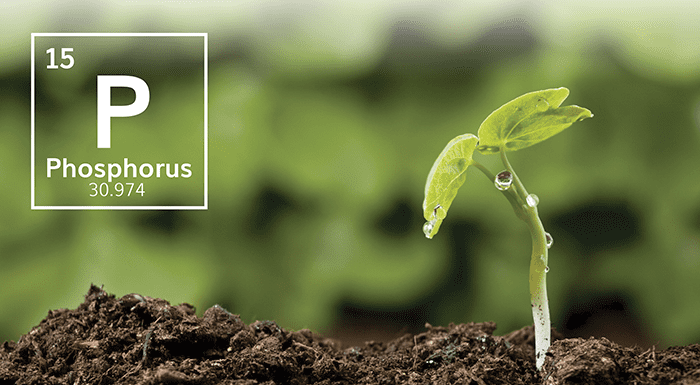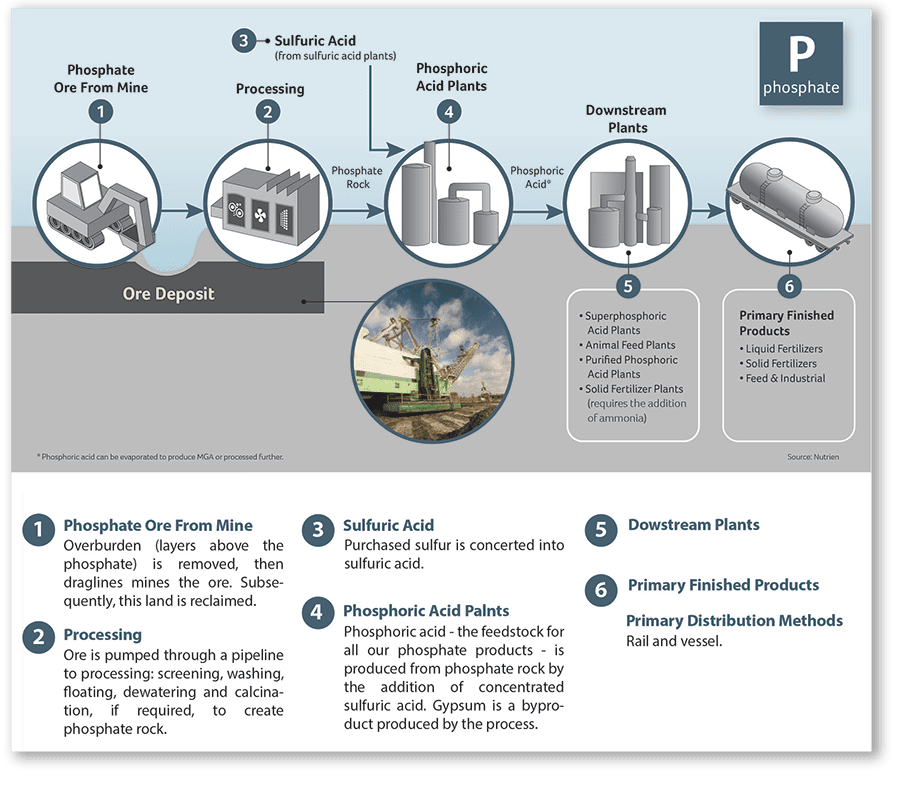Celebrating 350 Years of Phosphorus
Besides being the 150th anniversary of the Periodic Table, 2019 is also a major milestone for one of its 118 elements that is crucial to life on earth.

Discovered 350 years ago, phosphorus is one of 17 periodic table elements that are essential for plant life. It’s key for both plant and human health and one of the three main nutrients used in fertilizers to feed crops.
Discovery
Phosphorus was the first element to be chemically discovered when it was isolated by the alchemist Hennig Brand in 1669 in Hamburg, Germany, while looking for the fabled philosophers stone to create gold. With its ability to glow in the dark and create a never-before-seen light show it quickly became a sensation in European courts and fairs.
By 1840 the pioneering plant scientist Justus von Liebig had confirmed that Phosphorus played a crucial role in plant growth, resulting in huge demand for it as a fertilizer from the second half of the 19th century.

The phosphorus fertilizer production process © Nutrien
Production
While phosphorus fertilizer production initially focused on mining tropical island deposits of valuable bird and bat guano, after world guano reserves were depleted, sedimentary mineral phosphate ores took over as the main source, with production greatly increasing by the middle of the 20th century.
Mineral phosphorus fertilizers are virtually all based on mineral sources, either from igneous deposits or sedimentary rock deposits formed from fossilized marine animal remains. Today, close to 40 countries produce a combined 200 million tonnes of phosphate rock concentrates annually around the world.
The bulk of phosphate rock production, close to 80% of global output, is used for manufacturing fertilizers, mostly through chemical processes involving acidification with sulphuric, phosphoric or nitric acid. The most widely used phosphorus based fertilizers are Di-ammonium phosphate (DAP) and Mono-ammonium phosphate (MAP).
Nutrition

Phosphorus is noted for its role in capturing and converting the sun’s energy, but plants also need it for everything from cell growth and root development to increased disease resistance and early crop maturity. Deficiencies can severely affect yields as well as fruit and seed development.
Although vital for plant growth and found widely in nature, phosphorus is actually one of the least biologically available of the 14 essential nutrients that plants get from soil. Most forms of phosphorus are unavailable to plants who can only absorb it in its soluble inorganic form when dissolved in soil solution.
With almost three quarters of the world’s soils deficient in phosphorus, using mineral fertilizers that contain readily available forms of phosphorus is vital for ensuring optimal crop health and yields.
Here’s celebrating Hennig Brand’s momentous discovery and the power of marine fossils to help feed the world!

